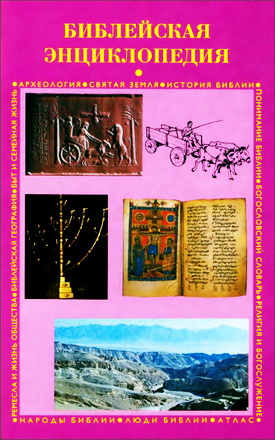
Bauckham – Magdala of Galilee
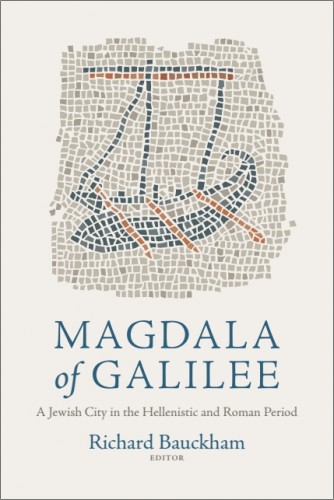
I first visited the excavations at Magdala in April 2012. I was fortunate to be able to see the excavations in both the Franciscan area, to the south, which had just been discontinued, and the Magdala Center area, to the north, which have continued until now. My overwhelming reaction was: Magdala is really important! It is very important for all who have an interest in the historical Jesus and the Gospels. It is very important for all who have an interest in the archaeology of Hellenistic and Roman Palestine.
It is very important for all who share the lively interdisciplinary interest in Galilee that has flourished in recent decades among scholars working in ancient Judaism, New Testament studies, Greco-Roman history, rabbinic studies, historical geography, history ofJewish art, and other fields. Among the precious gifts to such scholars and the interested public that the excavations of Magdala have yielded are its synagogue, the first from the period before 70 CE to be excavated within Galilee;
its unique and extraordinary decorated stone table in the synagogue; its Roman baths, the only public baths from before 70 to have been excavated in Jewish Palestine; the first fish processing workshops to be discovered in the Roman East; the mosaics in the baths, the synagogue and a wealthy house; its unusual miqva’ot (ritual baths) in both domestic and industrial contexts; its massive harbor complex.
All of these throw fresh light on and need to be related to the literary sources: Josephus, rabbinic literature, the list of priestly settlements in Galilee, the Gospels, and the early pilgrim accounts. Galilean studies have been slow to recognize, as a distinctive economic and cultural region, the area comprising the Sea of Galilee and the cities, towns, villages and agricultural areas (whetherJewish or non-Jewish) around it.
While the Jewish city of Magdala began as an outpost ofJewish Galilee, strategically placed on its eastern edge, it became the most important of the settlements around the lake, eventually overtaken in political and economic significance only by Tiberias. While we should certainly not neglect Magdala’s important relationships with Jewish Galilee to the west and with Jerusalem and the Temple to the south, getting to know Magdala as we can now know it should also help us focus more adequately on the distinctive character and dynamics of the lake region, especially in the Early Roman period, when Magdala flourished in the context of population growth and urbanization all around the lake.
This should be of interest to those who study the Gospels, since so many of the stories ofJesus’ ministry in the Synoptic Gospels are situated, not in Lower Galilee to the west of Magdala, but around the lake—in Capernaum, Bethsaida, on the eastern shore, and on journeys by boat to and fro across the lake. Though the Gospels may not explicitly say that Jesus visited Magdala, it was located only 12 km. (7 mi.) along the shore of the lake from Capernaum.
The plain of Gennesaret and Capernaum were certainly within its orbit of influence. In the original concept of this book two key concerns were to bring the two areas of the excavations at Magdala together (studies up till now have tended to focus on one or the other) in order to understand the city as a whole, and also to relate the archaeology to the literary sources. This latter concern required the book to be an interdisciplinary one, bringing together archaeologists and those who work on texts.
Richard Bauckham – Magdala of Galilee
Baylor University Press – 2018 y. / 461 p.
ISBN 978-1-4813-0293-7
Richard Bauckham – Magdala of Galilee – Contents
- Preface
- Abbreviations
- List of Maps and Figures
- Chronological Tables
- One Magdala as We Now Know It: An Overview
- Richard Bauckham
- Two The Harbor
- Anna Lena
- Three Domestic and Mercantile Areas
- Marcela Zapata-Meza
- Four The Domestic Miqva’ot
- Ronny Reich and Marcela Zapata-Meza
- Five The Synagogue
- Mordechai Aviam
- Six The Synagogue Stone
- Mordechai Aviam and Richard Bauckham
- Seven Magdala and Trade
- Santiago Guijarro
- Eight Magdala and the Fishing Industry Richard Bauckham
- Nine Magdala/Taricheae and the Jewish Revolt Morten Horning Jensen
- Ten Magdala in the List of the Twenty-Four Priestly Settlements Richard Bauckham
- Eleven Magdala in Rabbinic Traditions Richard Bauckham
- Twelve The Prosopography of Magdala Richard Bauckham
- Magdala Bibliography
- Comprehensive Bibliography
- Contributors
- Index of Ancient Sources
- Index of Places Ancient and Modern
- Index of Historical Persons
- Index of Modern Authors
Richard Bauckham – Magdala of Galilee – Magdala as We Now Know It
On the evening of April 15, 1842, the Reverend Solomon Caesar Malan, a distinguished British orientalist, enjoyed the view from the hill on which the Jewish town of Safed stood, surveying the hills of Galilee and its lake in the golden light of the setting sun. So it was dark by the time that he and his Arab servants reached the foot of the hill, intending to ride their horses across the plain of Gennesaret to the shore of the lake. Though the night was clear, it was not easy going, because a stormy wind from the west was bending “tall and impenetrable thistles” across the path. Fortunately they saw a light glimmering in the distance and made for it, regardless of the path. Thus they reached what Malan calls “the hamlet of Magdala”— the Arab village of el-Mejdel — and he slept soundly, despite the howling wind, in his tent near the water’s edge to the south of the village.
The following day he rose at daybreak, climbed the nearby slope of Mount Arbel, and sat down a little above the village. He opened his copy of the Gospels in Syriac, which he treasured as written in the language Jesus himself spoke, and read how, in that version of Matthew 15:39, Jesus crossed the lake and “came into the coasts of Magdala.” Looking out across the lake, he could imagine the boat leaving the eastern shore and arriving near where he was camped. Looking all around, he could locate probable sites of the events ofJesus’ ministry in the Gospels. To his left stretched the plain of Gennesaret, in which, not far along the shore, he supposed (wrongly as we now know) the village of Capernaum had been located, while Bethsaida in his view stood near the northern end of the plain.
He delighted in the thought that much of what he saw — the natural features — remained unchanged since those days. But he had just one day to spend in this area and so, as the warmth of the sun began to be felt, he went back down to the shore, went for a swim in the lake, and found breakfast awaiting him at his tent. The rest of the day—walking north along the shore as far as Tel Hum (then a rather unimpressive heap of ruins) and back—he spent in close observation of everything he saw and in devotional contemplation of the ministry ofJesus. It was for him an extraordinarily special day, and he took care to form detailed memories that he could treasure in years to come. His walk began with the houses of el-Mejdel, which he took to resemble the poorer houses of Capernaum and Bethsaida in Jesus’ day, such as those in which Peter and Jesus himself lived.
Built of stones and mud, with one room, no windows, a roof made of branches and grass, mud and gravel, and outside stairs up to the roof, these houses he found shed much light on the Gospel stories and parables. As he made his way through the plain of Gennesaret, Malan noted the contrast with antiquity: This plain once thickly peopled and richly cultivated, is now but scantily inhabited by wandering Arabs, who till only a few patches of its exuberant soil. And now, instead of all the delicious fruits that made the gardens of Gennesaret famous, the wayfaring man is left to pick the tasteless berries of the prickly dom, which abounds, where of old oranges and pomegranates, lemons and the most luscious grapes of the east, hung in clusters of the finest flavour.
And whereas the time was when this shore was covered with the boats and the dwellings of fishermen, it is now desolate and waste. Much later in the day, on his way back to Magdala, he was surprised to encounter a fisherman. This was a surprise because he had seen no boats at all on the lake and had given up hope of observing fishing. (In this period, there were few fishermen in the area, and they did not use boats.) The man was standing in the water near the shore using a cast net. Malan (himself a keen amateur angler) carefully observed how the fisherman operated his net and (perhaps later) drew a sketch that is one of the very few visual records of fishing on the Sea of Galilee from before the twentieth century. At the time he made a drawing of the fish (“not unlike a sea-bream”). The drawing does not seem to have survived, but the fish was probably the tilapia now commonly known as St Peter’s fish.
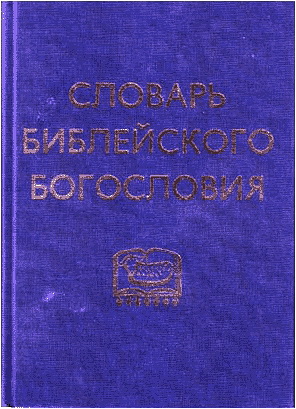
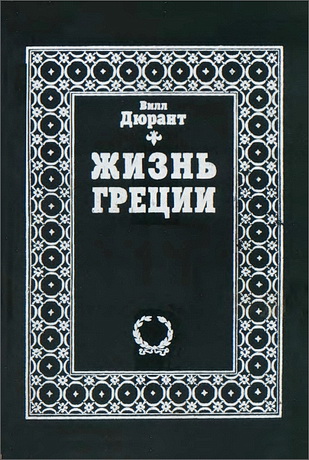
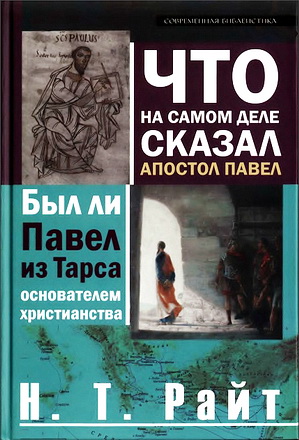
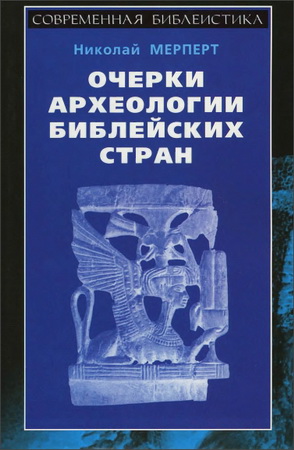
Комментарии
Пока нет комментариев. Будьте первым!